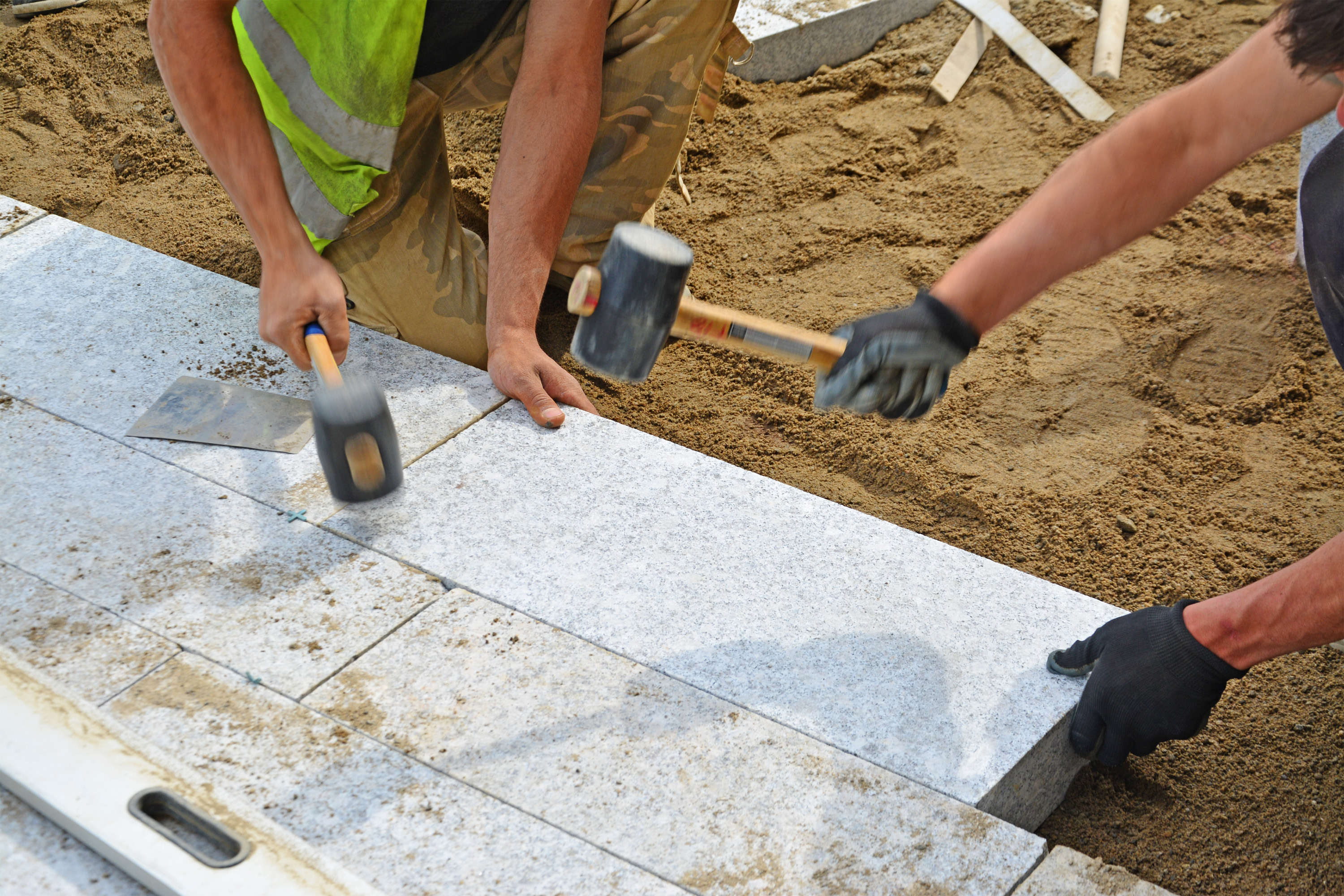
Pavers are stunning in every setting. It increases the property value as it complements the setting with its look and sturdiness.
Businesses and homeowners can choose from a variety of designs.
Sand is the most important material in the paver installation process. Sand joins the pavers together.
Sand provides ‘bedding’ or cushioning to the pavers. It binds the stones together and prevents the growth of weeds.
But certain types of sand can only carry away these two functions successfully.
The wrong type of sand can cause pavers shifting, sinking or other problems.
Usually, stone pavers are placed on a layer of sand. Coarse and granular sand is ideal for this layer.
The edges of the granules grind together and lock the layer of the sand in its place that prevents erosion.
Polymeric sand is suitable to complete the ‘bedding’ process. The granular sand is placed between joints and cracks to join the stone pavers.
It interlocks the units and preserves the integrity and beauty of the pavers.
A water-activated polymer is applied to the material of the paved surface. Now, water sprays down the sand, making the polymers sturdier.
This secures the position of the sand that leads to lesser replacement requirements. It can sustain extreme weather.
Polymeric sand lessens the chances of seeping through the paving stones. The special blend of sand and additives joins brick and concrete pavers.
This keeps the pavers intact in their position. The durability of polymeric sand stops water from washing away the base layer of sand.
Otherwise, it can lead to sunken paving stones.
Polymeric Sand keeps the stone pavers beautiful for a long time.
• What’s the Ideal Joint Size to Fill with Polymeric Sand?
It is better to fill the entire depth of the paver with Polymeric Sand. 1.5 to ¼ inches joints are the best to fill with it. Wider joints require a longer period to harden.
Wider joints also restrict traffic for a longer period. Casual pedestrian traffic may not be an issue but high heels can wreak havoc.
If the pavers are installed in such a way that each notch touches the other, then polymeric sand isn’t a good choice.
Polymeric sand fills wider gaps better. Lack of space doesn’t allow the sand to fill the void properly.
Polymeric sand is a great choice to fill false joints. The sand holds up the pavers properly.
• How to Lessen Staining?
Polymeric sand can stain on your pavers. The best way to control the staining is to make sure the pavers are dry.
It is better to pressure wash your pavers and apply polymeric sand on them on two different days.
You can dust off the sand from pavers with a leaf blower. This will gently remove excess dust without staining the pavers.
• Does watering cause staining?
Excessive watering causes staining on the pavers. Excessive watering leads to floating polymeric sand that causes staining.
• How to protect the pavers initially from traffic?
It is better to cover the newly set pavers with plastic. Pedestrian traffic should be restricted for 24 hours and vehicular traffic for 72 hours.
The hours vary depending on the season or weather.
Go Get ‘Em Lawn is a lawn service provider from Florida offers the best type of landscape design and enhances the beauty of a property.
Call on 904-214-3801 or visit at https://www.gogetemlawnservices.com/ for additional information about their service.

Aug 2 2019

Jul 26 2019

Jul 3 2019